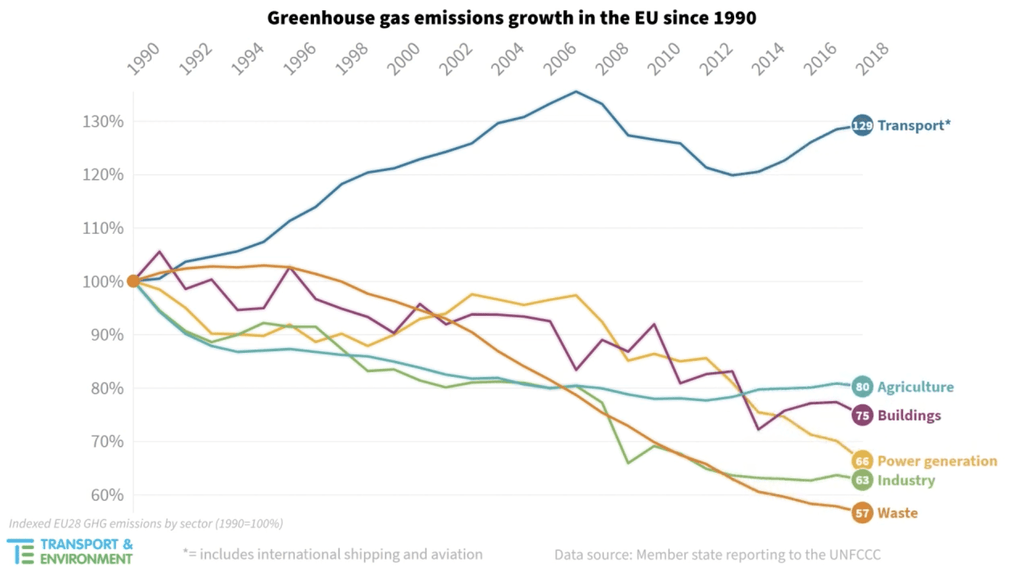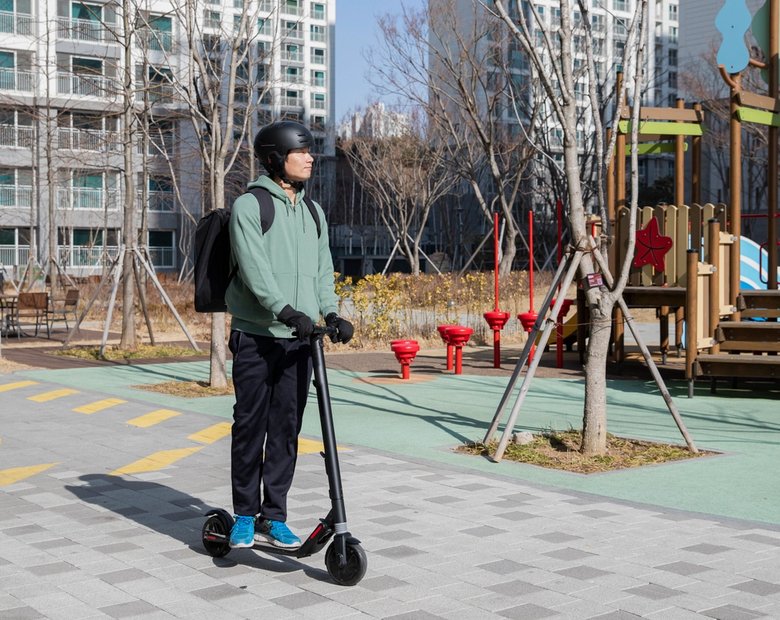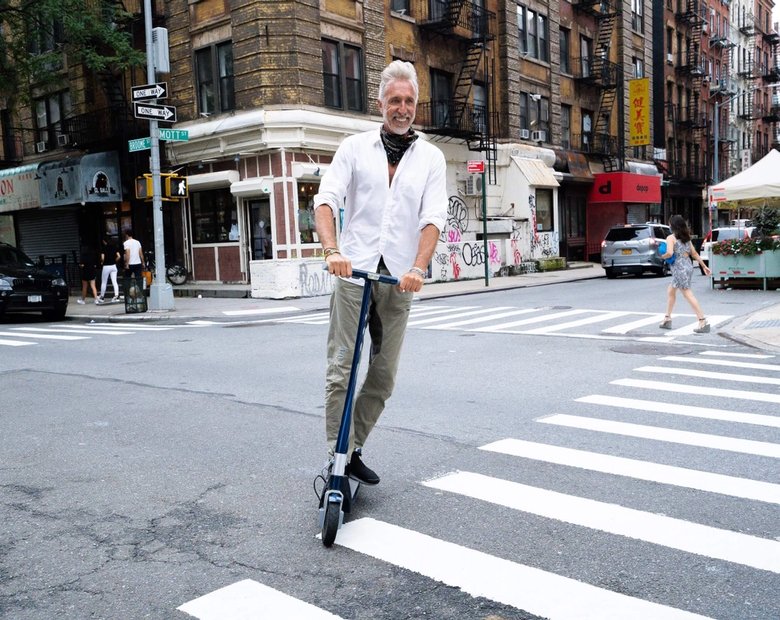In today’s fast-paced world, finding an efficient and cost-effective mode of transportation is crucial. E-scooters offer a convenient and eco-friendly way to navigate urban landscapes. Unagi stands out not only for its superior design and performance but also for its affordability and unmatched rental program.
It’s beyond question that we must drastically reduce carbon emissions in the coming years to head off the worst effects of climate change. How we do that has been a matter of considerably drawn-out debate. As individuals, it can be hard to know where to invest our time and money. Our actions can seem to have little impact; the problem can feel even more overwhelming in the midst of the COVID-19 pandemic, when many of the systems we’ve depended on have shown themselves inadequate or unsafe.
Extreme weather has already driven up energy usage. A New York City greenhouse gas inventory found an 18% increase in usage in the summer of 2018, and a 13% increase during the winter months. These increases have not, however, been offset by a decrease in auto emissions.
The study also found that emissions from passenger cars, the greatest contributor to the city’s air pollution, have only fallen by 1% since 2005.

emissions over decades rapidly increasing in transportation
Indeed, the EPA has found that transportation costs overall, including cars, trucks, ships, trains, and planes, make up over 28% of greenhouse gas emissions in the U.S., the largest contributor to climate change in the country. Over half of these emissions come from passenger cars and trucks. While the auto industry has been investing heavily in the development of electric cars, they are not moving quickly enough to replace internal combustion engines in the next few decades. Cars also have lifecycles spanning decades, and this drastically increases the time it will take for electric cars to make a real impact on emissions, not to mention the weight upon both infrastructure and the supply chain to produce and move 4,000-7,000 pound vehicles, even if they are electric.

emissions by sector in the EU

emissions by sector in the US
While other industries, especially power, have worked to reduce their carbon footprint, emissions in the land transportation sector have worsened in the last several years as the industry’s expansion outpaces its ability to innovate.

Americans rely on their cars to cross long distances and navigate cities designed around the highway. But half of all car trips are under 3 miles (a well studied fact)—short trips that can be covered by walking, biking, or riding an eco-friendly electric scooter. These car trips cause more infrastructural wear and further produce emissions via idling cars in stop-and-go traffic. Micromobility advocates have argued for years that eco-friendly lightweight electric vehicles can cover most of those trips, at 1-2% of the emissions of cars.
As we can see in the graph below, lightweight electric vehicles create very low emissions in comparison to other modes of travel. It is highly of note here that the electric scooters being referred are dockless shared scooter fleets (like with Bird and Lime), which are more intensive in environmental impact due to their unique manufacturing, maintenance, and city rebalancing costs. In reality, owned scooters like the Unagi Model One are closer to E-bikes on the chart.

It’s true that the sharing industry has been improving in both these respects, making more durable scooters and transitioning to removable batteries and electric vehicles. But it will continue to be a sizable difference compared to privately-owned electric scooters, which do not come with pieces of carbon baggage attached. Small, fast, lightweight folding scooters are, by far, the most exciting and convenient way to travel short distances, and they are also one of the most eco-friendly options.

In fact, the differences between driving and taking an electric scooter on a trip to the grocery store, coffee shop, or office could not be more dramatic. Just “as a matter of physics,” writes Micromobility Industry’s Oliver Bruce, “it’s a no brainer that scooters are better for the environment than cars,” especially without the added environmental costs of fleet maintenance:
It takes less energy to transport a 100-kilogram passenger using a 20-kilogram vehicle with a 90% efficient electric powertrain than it does to accomplish the same task using a 2,000-kilogram vehicle with a 30% efficient internal combustion powertrain. When you replace a car trip with a scooter trip, you’re pushing 17 times less weight three times more efficiently.
Privately-owned electric scooters are without a doubt one of the most eco-friendly ways to travel short distances, next to walking or riding a traditional non-motorized bicycle or kick scooter or skateboard. And they’re cheaper too (we made a commute cost calculator to demonstrate that additionally shows CO2 emissions).

The environmental benefits of owning a scooter have become even more apparent during the COVID-19 crisis, during which we have seen a historic drop in carbon emissions due to lockdowns, travel restrictions, and work-from-home orders. Anxiety about taking public transit in major cities has led to majorly increased demand for electric scooters.
The industry is rebounding from a “nuclear winter,” says Quemuel Arroyo, the global head of community at Charge, a company setting up public charging stations for e-scooters. Scooters are now seeing a “much higher demand than ever before,” and that demand is trending toward more convenient and eco-friendly private scooters, investors believe. The more people in urban areas adopt micromobility solutions like privately-owned electric scooters, the better the news will be for the environment.
There may be little doubt about the harmful effects of fossil fuel emissions on global temperatures. Governments and private industry need to do much more to lower emissions in the coming years. But there should also be little doubt that owning a fast, reliable, portable, and fun electric scooter like Unagi is one of the best ways individuals can lessen their environmental impact and make positive change for the world.

“Is my scooter legal?” is a question many are increasingly asking. The micromobility industry is one of the fastest-growing and most exciting in the world—with promises for...in addition to abundances of the basics of time and money savings. And with this pace of innovation comes a struggle for regulation to keep up.

So, you're thinking about joining the electric scooter revolution, huh? You've seen those sleek and stylish scooters zipping around town, effortlessly gliding through traffic, and you can't help but wonder: Are electric scooters easy to ride?

In this guide, we'll break down what defines a lightweight electric scooter, why you should choose one, and the top features you should look for.

Want to get the most out of your electric scooter battery and extend your riding adventures? We've got you covered with our comprehensive guide full of maintenance tips and best practices.


*Disclaimer: Unagi, INC. has used best efforts, but does not in any manner guarantee the accuracy of the below findings regarding electric scooter laws in the United States or internationally. Electric scooter riders or those considering to purchase or begin…

It’s beyond question that we must drastically reduce carbon emissions in the coming years to head off the worst effects of climate change. How we do that has been a matter of considerably drawn-out debate. As individuals, it can be…

If you're considering riding an electric scooter for the daily urban commute - or even just for recreation - this article will give you the lowdown on getting insurance for an electric scooter.

In many regions, there's a clear restriction against riding electric scooters on the road, with the rules steering their use towards designated areas such as bicycle lanes, multi-use paths, and shared street paths.











